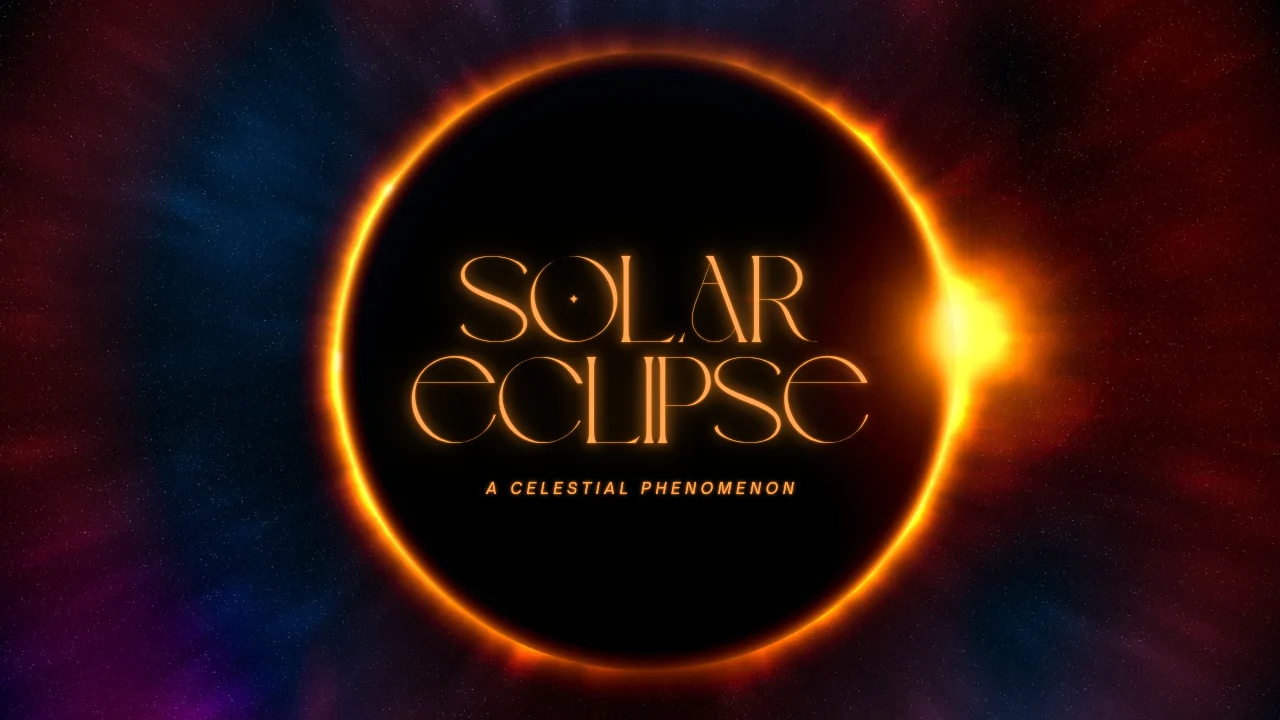Few celestial events capture our collective imagination like a solar eclipse, known in Hindi as Surya Grahan (Solar Eclipse 2025 September). It’s a breathtaking moment when the Moon gracefully passes between the Sun and Earth, casting a shadow that briefly turns day into a surreal twilight. The year 2025 is set to host not one, but two such events. The first is a partial solar eclipse on March 29, followed by another on September 21, 2025.
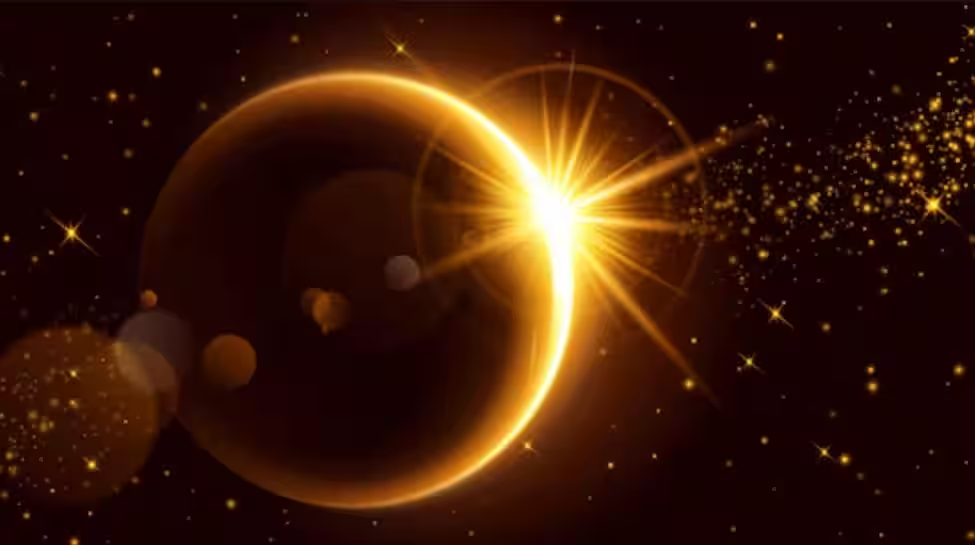
While the September eclipse won’t be visible in India, its global significance and the awe it inspires are universal. This blog post will be your definitive guide to the upcoming Solar Eclipse (Surya Grahan) 2025, providing key dates, visibility maps, and crucial safety information.
The Two Solar Eclipses of 2025
Understanding the difference between the two events is key. While both are partial eclipses, they occur in different parts of the world and at different times of the year, each with its own unique characteristics.
Partial Solar Eclipse: March 29, 2025
This first solar eclipse of the year will be a partial one, meaning the Moon will only cover a portion of the Sun’s disk.
- Visibility: This eclipse will be visible primarily in the Northern Hemisphere, including parts of Europe, Northwest Africa, and Eastern Canada. Viewers in these regions will witness the Sun appear as a crescent as the Moon takes a small bite out of it.
- Significance: It serves as a great warm-up for skywatchers, offering a chance to practice safe viewing techniques before more dramatic eclipses in the coming years.
Partial Solar Eclipse (Surya Grahan): September 21, 2025
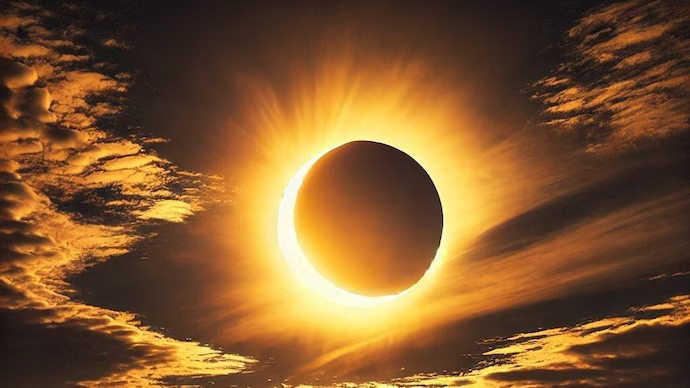
The second Surya Grahan of 2025 will occur on September 21. Unlike the March event, this one will be a late-night affair for many parts of the world, continuing into the early hours of September 22.
Date & Timing:
- Partial eclipse begins: 17:29 UTC (10:59 PM IST on Sep 21)
- Maximum eclipse: 19:41 UTC (1:11 AM IST on Sep 22)
- Partial eclipse ends: 21:53 UTC (3:23 AM IST on Sep 22)
Visibility: This Surya Grahan will be visible mainly in the Southern Hemisphere. Key locations for viewing include:
- New Zealand (up to 72% coverage in cities like Dunedin)
- Eastern Australia
- Parts of Antarctica
- Various South Pacific islands
Will the Solar Eclipse 2025 be visible in India?
Unfortunately, no. The September 21, 2025, solar eclipse will not be visible from India or its neighboring countries in South Asia. The event occurs during the night for this region, making it impossible to observe.
Why Eclipses Are More Than Just a Show
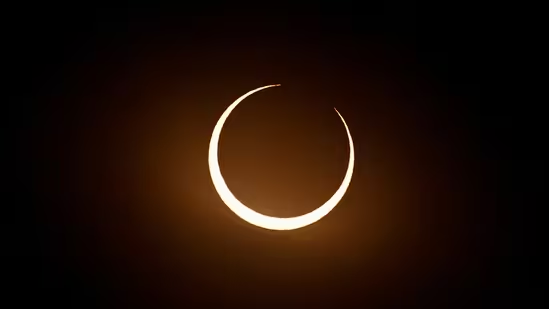
Beyond their beauty, solar eclipses are powerful scientific tools. They’ve played a crucial role in validating some of the most fundamental theories in physics. For instance, during a total solar eclipse in 1919, Sir Arthur Eddington’s observations of starlight bending around the Sun provided the first experimental proof of Albert Einstein’s Theory of General Relativity.
Also Read: NASA Wants a Nuclear Reactor on the Moon—Here’s the Real Reason Why
This shows how eclipses allow us to study the Sun’s atmosphere, the corona, which is usually obscured by the Sun’s blinding light. By observing it, scientists can better understand the Sun’s magnetic fields and how they influence space weather, which can affect satellites and power grids on Earth.
Astrological Significance of Surya Grahan
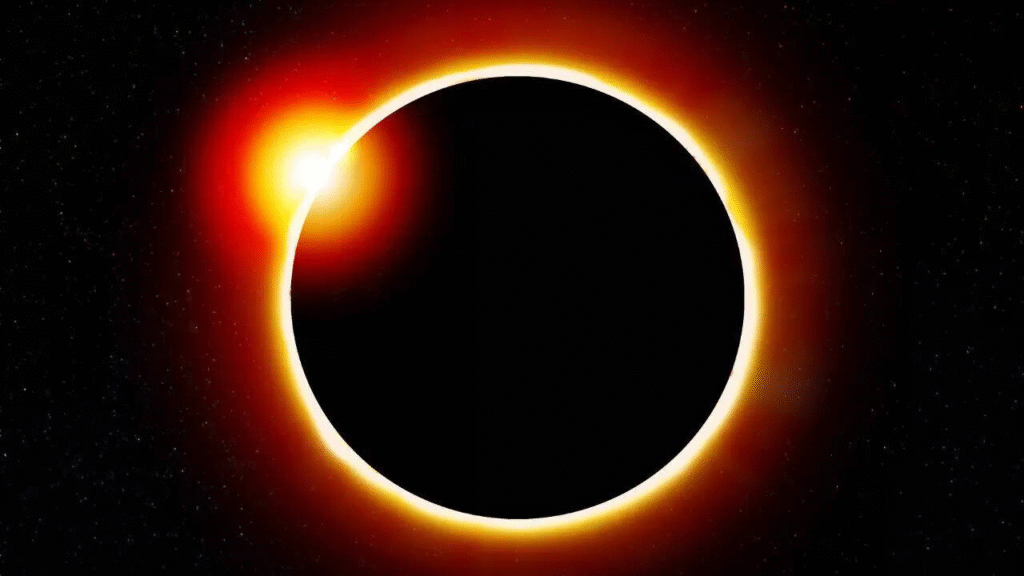
In many cultures, especially in India, the Surya Grahan holds deep astrological and mythological significance. According to Hindu mythology, the demon Rahu is said to swallow the Sun, causing the eclipse. This has led to a number of traditions and beliefs during the Surya Grahan.
- Sutak Period: A period of time considered inauspicious, often beginning a few hours before the eclipse. During this time, many people avoid eating, drinking, or performing auspicious activities.
- Post-Eclipse Rituals: After the eclipse ends, it’s common for people to bathe and perform purification rituals to cleanse themselves and their homes.
While modern science provides a logical explanation, the spiritual and cultural beliefs associated with Surya Grahan continue to shape how millions of people experience this event.
Essential Safety Tips for Solar Eclipse Viewing
Looking directly at the Sun, even during a partial solar eclipse, can cause severe and permanent eye damage, a condition known as solar retinopathy. NEVER look directly at the Sun without proper protection.
Here are some safe viewing methods:
- Use Certified Eclipse Glasses: These are the most common and affordable way to view an eclipse. Ensure your glasses are ISO 12312-2 certified. They are hundreds of thousands of times darker than regular sunglasses.
- Pinhole Projector: A simple, safe, and effective way to view the eclipse indirectly. Poke a small hole in a piece of cardboard and let the sunlight pass through it onto a white surface. You will see a projected image of the crescent Sun.
- Solar Filters for Telescopes/Binoculars: If you own a telescope or binoculars, you must use a certified solar filter placed on the front of the device. Looking through unfiltered optics is extremely dangerous.
Mark Your Calendars!
The Solar Eclipse (Surya Grahan) 2025 promises to be a memorable event for skywatchers across the globe. While the September event may not be visible in India, the widespread partial eclipse serves as a powerful reminder of the universe’s cosmic ballet. Whether you approach it from a scientific or cultural perspective, the eclipse offers a moment of connection to the vastness of the cosmos.


